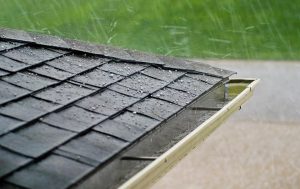-
Address: 421 Wando Park Blvd., Suite 100 Mount Pleasant, SC 29464
-
Phone: (843) 763-4200
-
Email: hello@mappusinsurance.com

Hail storms can strike without much warning, leaving you with little time to react. Being prepared in advance — and knowing what to do — can help you stay safe and keep damage to a minimum. Consider signing up for local weather alerts, which deliver warnings when hail storms are approaching your area.
What Is Hail?
Hail is a type of solid precipitation, distinct from, but often confused with sleet. Sleet generally falls in colder temperatures while hail growth is inhibited at very cold temperatures. Hail creation is possible within thunderstorms and is formed when water vapor in updrafts reaches a freezing point. Ice then forms and is suspended in the air by updrafts and falls down to be coated by water again. This process can occur over and over adding many layers to the hailstone. Hailstones can be as small as peas or as large as softballs, and the larger ones can cause injury and serious damage.* The average hailstorm lasts only five minutes, but the damage hailstorms cause totals about $1 billion a year, according to the National Weather Service.
How to Minimize Hail Damage
- Large hail can shatter windows. Closing the drapes, blinds or window shades can help prevent the wind from blowing broken glass into your home or buildings.
- Whenever possible, park your vehicles inside a garage or under a carport.
- Patio and lawn furniture can be dented, broken or even shattered by hail. Move these items indoors or under a covered area when not in use.
- If you have plans to replace the roof covering on your home or business, consider using impact-resistant material if you live in a hail-prone area. For guidance on making the right choices for roof coverings, visit the Insurance Institute for Business & Home Safety website.
